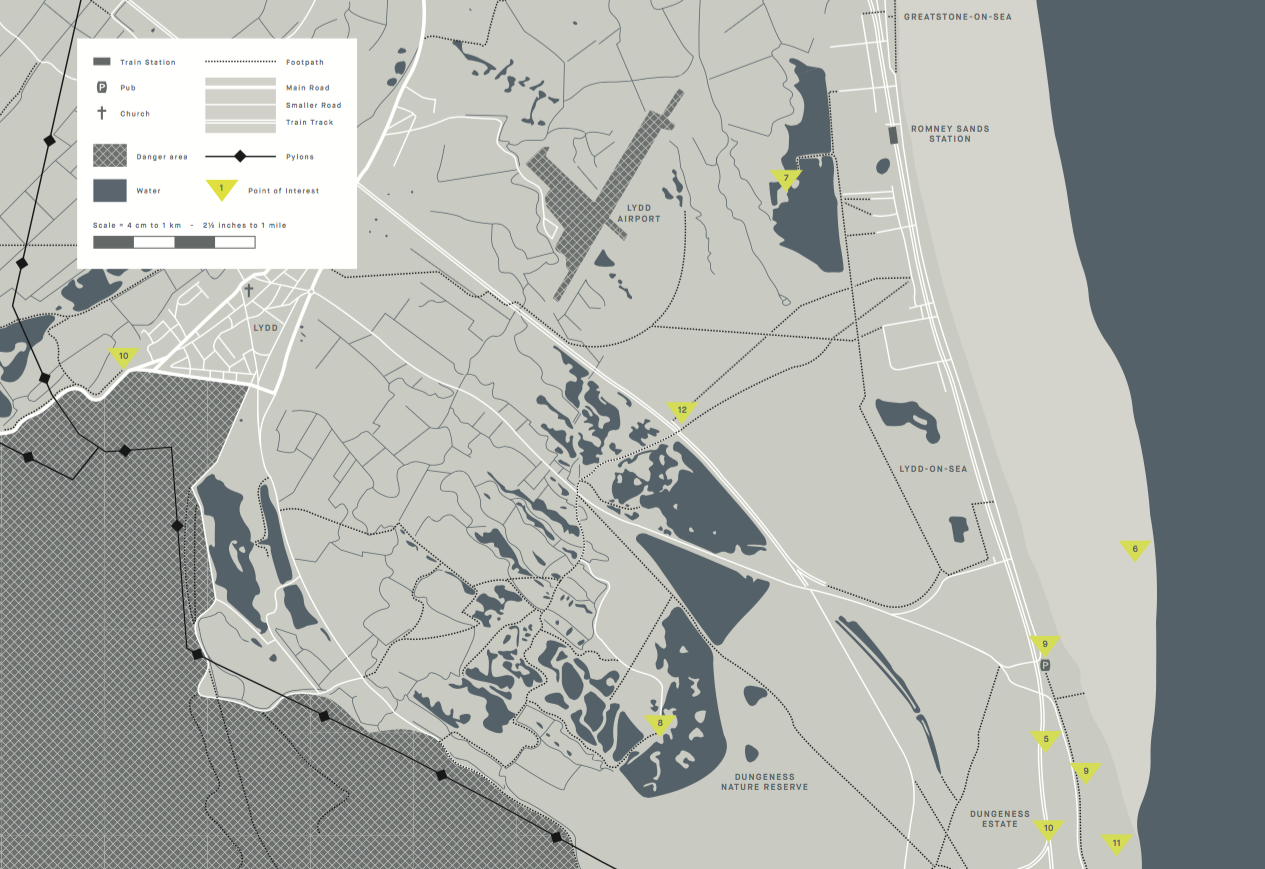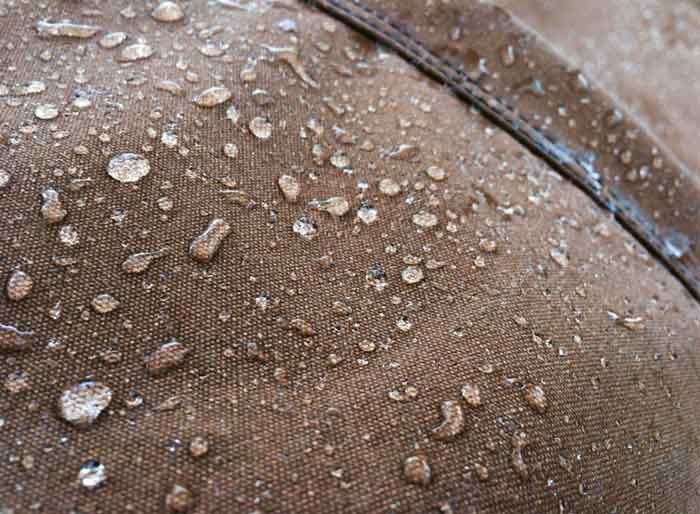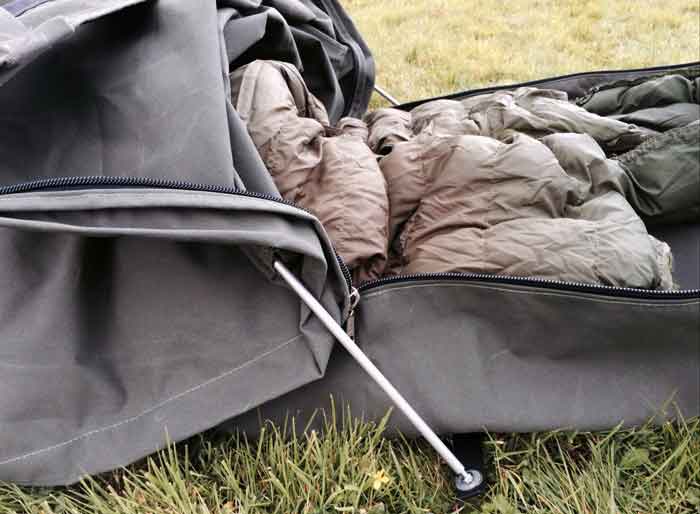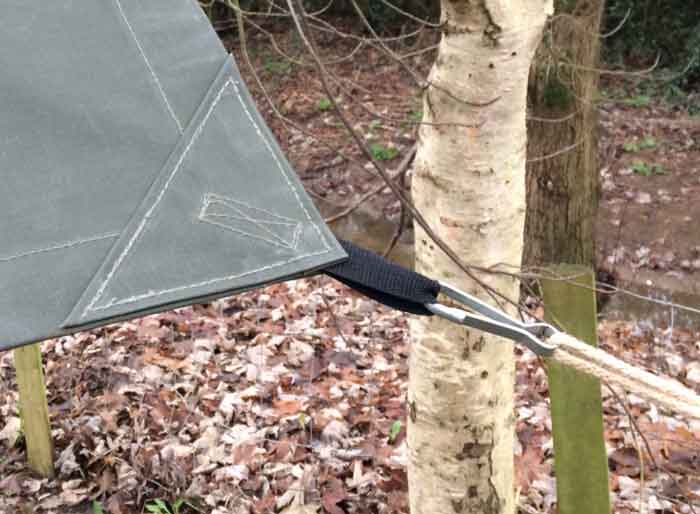Dungeness is a shingle promontory on the south coast of Kent. Technically a desert and the largest expanse of shingle in Europe, it’s not a traditionally beautiful location. Its vast flatness gives the illusion that nothing much grows there, two nuclear power stations dominate the skyline, and debris from the fishing industry litters the beaches, all of which act in stark contrast to the area’s nature reserve status. Here are just a handful of the compelling sites This Way explore on their Dungeness map.
Image courtesy of This Way
1 Dungeness A and B
Two nuclear power stations and their trail of pylons dominate the skyline. Dungeness A has now been decommissioned, after being switched on in 1965, and is slowly being demolished. Its huge neighbour, Dungeness B, remains operational, powering 1.5 million of London’s 3.5 million households. As a visitor, the sheer proximity of the power stations can add an unsettling undertone, a reality that becomes especially stark when reading the ‘emergency procedures’ boards dotted around the estate. However, if you are lucky enough to spend a night in Dungeness, there is a gentle beauty in the mass of twinkling lights.
2 The Boil
Out to sea, just in front of the power stations, The Boil is a bubbling mass of water. It’s easy to spot as it’s usually surrounded by a cloud of seabirds. Nuclear power stations use 100 million litres of water per hour; when the water has run through the cooling system it’s pumped back into the ocean, now a warm 12ºC. Sadly small fish get caught in the filters and are pumped back into the ocean through the same pipes, creating a rich feeding ground for seabirds.
3 Old Lighthouse
The drift of shingle has reshaped the land enough times that five lighthouses have been and gone since the 1600s. Historically, lighthouses have been vital on this headland, which has been a hotspot for shipwrecks. Today, two lighthouses remain. A walk up the 169 steps to the top of the no-longer operational Victorian ‘Old Lighthouse’ gives impressive views across the shingle ridges.






























